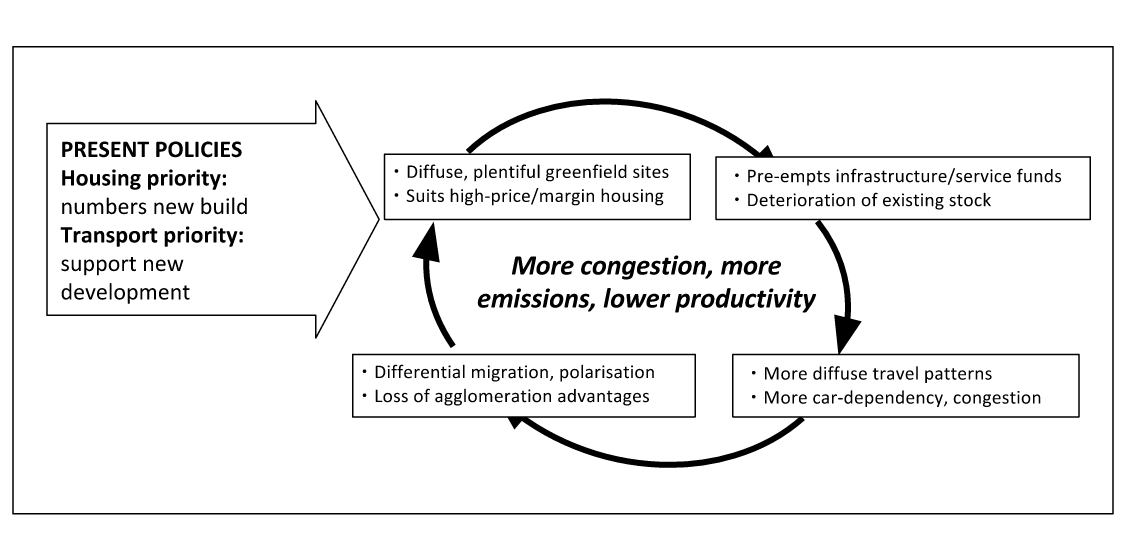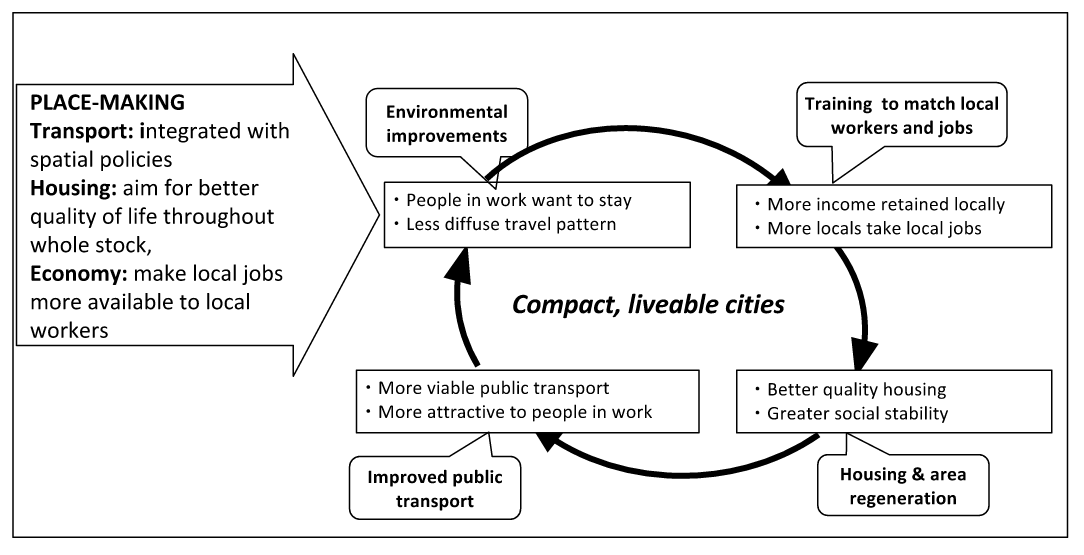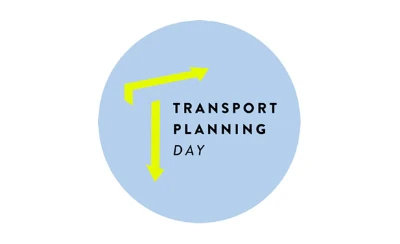TPS response to Housing White Paper: 'Fixing our broken housing market'
Surveys have consistently shown that TPS members are strongly in favour of closer links between transport and land-use planning. Because of this TPS has submitted a substantial response to the recent Housing White Paper (HWP). This includes significant new evidence and analysis of the transport implications of current policies. The full response can be downloaded here TPS response to Housing W...Paper Final 27Apr2017.pdf
The basis of the HWP is the assumption that lack of land is preventing building to meet increasing needs, and this has caused the crisis in housing affordability. Its central aim is to increase the volume of new home by providing more land through the planning system. The key concern expressed by the TPS response is that the assumption is false, and that this has led to more housing land being provided than can viably be developed by the private sector. This is not a party political point, as the HWP continues policies that have been in place under successive Governments since 2007.
The effect of the surplus of land above effective demand is a more diffuse pattern of development, as builders prefer greenfield locations. This fails to meet the needs of newly-forming households, who are overwhelmingly from younger age groups and cannot afford new homes. Around 90% of all housing choices each year are from the turnover (‘churn’) of existing stock, and this is where attention should be directed. The focus on new build diverts resources for renewal of infrastructure and services from existing homes, and from the places where most can afford to live. The TPS response points out the serious implications this has, not only for meeting housing need, but also for growth of transport demand in an unsustainable vicious circle.

TPS urges more broadly based spatial policies on both DCLG and DfT. They should collaborate on housing and transport policies that work together to deliver environmental quality, secure social fabric, good services and reliable infrastructure in existing places as well as new locations. Policies for place-making should involve the whole housing stock, so that labour markets and quality of life give each other mutual support, in a virtuous circle that contrasting with the vicious circle that results from present policies.

This would not only help meet housing needs, but also enhance productivity by enabling businesses to access workforces, and by addressing the growth of travel demand and congestion, in accordance with the principles of the National Planning Policy Framework.













